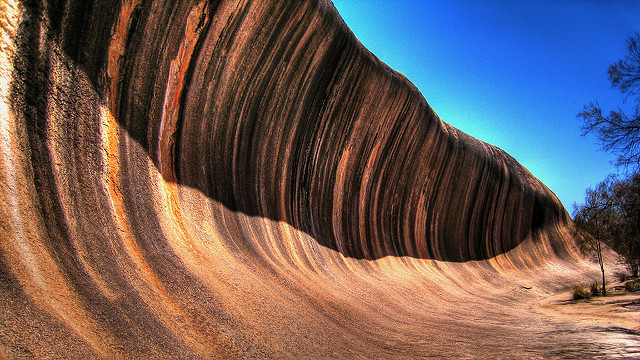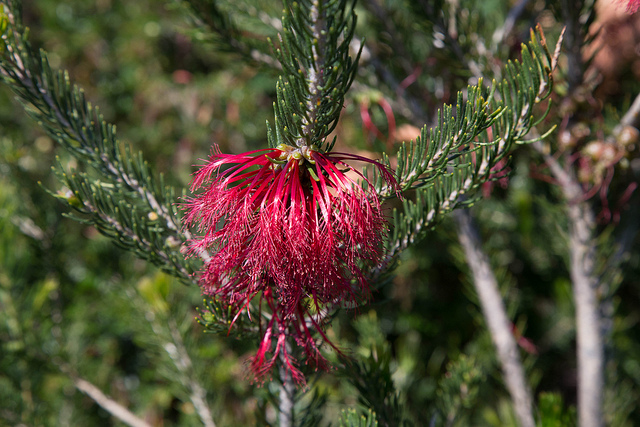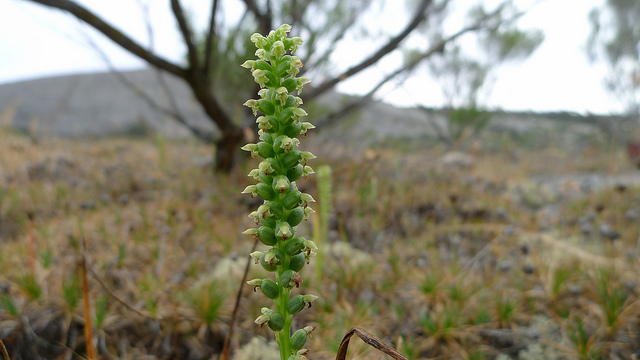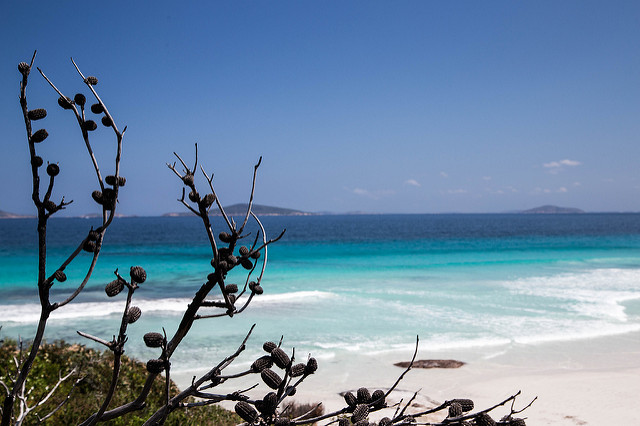The arrival of spring and balmy weather in Western Australia gives a definite green light to all adventurers and nature lovers to pack their bags and set out to explore the wildflower trails. Australia’s renowned Golden Outback region is a fantastic and fool-proof pick.
The area is packed with no less than 12,000 wildflower species in all colours of the rainbow that provide a breathtaking view for the visitors. Awaken your inner wild child and embark on this exciting journey, but not before you hear our suggestions and tips.
Comprehensive travel guide
We have gathered a selection of essential tips that will ensure you have a pleasant and safe holiday in this beautiful region:
- Make sure to have a paper and digital version of emergency info and contacts at all times
- Act in accordance with the local health and safety guidelines
- Although stops with food can be found at every 100-300km, fill up the tank and bring enough food that doesn’t spoil easily
- Acquire permits for travel on Aboriginal lands through the Department of Aboriginal Affairs
- National park passes are required as well
- Obey the strict quarantine laws regarding the transport of food and plants
- Get acquainted with the holiday dates and join the merrymaking
- Don’t forget to exchange your currency on time if you’re a foreign citizen
Following the coastline
Coastal wildflower trip is quite a lengthy adventure since it takes up 5 whole days on average. This trip gives you a unique chance to admire the spectacular wildlife scenery during the blossoming season from August to November.
Stage 1
While conquering the distance between Perth and Hyden (4h of drive, or 340km), you’ll run into a tapestry of kaleidoscopic flower species. The patch from Brookton to Boyagin Nature Reserve features deryandras, kunzeas, hibbertias, grevilleas and isopogons, among others. Travelling farther to the Dryandra Woodlands will give you the opportunity to feast your eyes on magnificent pink and lemon orchids.
Stage 2
For starters, don’t forget to make a break for the amazing Wave Rock, a giant granite cliff shaped by the weather and erosion into a wave-like structure. This day includes the trip from Hyden to Esperance (7 hours of drive or 500km) through captivating woodland and wildflower zone. Make a stop in Norseman to dine and recuperate.
Stage 3
Once you arrive in stunning coastal place of Esperance, you’ll get the chance to roam the Cape Le Grand National Park, enjoy the sky-blue waters of Lucky Bay and take part in the local festivals. Apart from variety of spring blossoms, you’ll also be surrounded by lovely marsupials such as grey kangaroos, bandicoots and pigmy honey possums.
Stage 4
When the patch between Esperance and Hopetoun is concerned, the sites worth the visit include Ravensthorpe’s nickel mine, Monjingup Lake reserve and Stokes Inlet National Park. Wattles, mallees, peas and royal hakea are some of the famous wildflower species in the region.
Stage 5
Instead of repeating the trip on the way back to Perth, head via astonishing Wheatbelt wildflower area near salt lakes Grace, Wagin, Dumbleyung and Williams and marvel the local scenery.
Granite path
This one is a fairly manageable trip for business people and families with kids as they can conquer it in the span of a weekend (two days). Springtime is ideal for this type of road trip (late August till October) since the weather is agreeable and the countryside is teeming with vegetation.
Make the best of your drive between Perth and Merredin (260km) and check out the historic town of York. The first ever inland European settlement in Western Australia offers a wide range of attractions, such as vintage car displays, arts and crafts workshops and picturesque farmlands. The shire of Narembeen and Bruce Rock are also some of the cool stops on the way to Merredin.
On you second day, head home via Mukinbudin (464km) and make sure to visit the Billyacatting and Talgomine Rock to soak in the colourful landscape of everlastings and wildflowers. Yellow-spotted donkey orchids and one-sided bottlebrush are the pride of this region. Round up your trip by picking some popular wreath flowers at the Koorda and Wongan Hills.
At-home wildflower oasis
If you get thoroughly impressed with this trip, you might want to make your own wildflower garden in the backyard when you return home. First and foremost, go for the resistant native plants. Place them in a sunny spot away from the shrubbery. Prepare the soil carefully and utilise some handy garden tools, such as quality garden sprayer and rakes. Add organic fertilisers, plant the seed and wait patiently.
Australia’s wildflower trail paths are a great opportunity to explore the country’s natural and cultural landmarks. Simply get a free transfer car and make use of our suggestions to plan a fabulous springtime trip.
Article by Lillian Connors.
Images:





